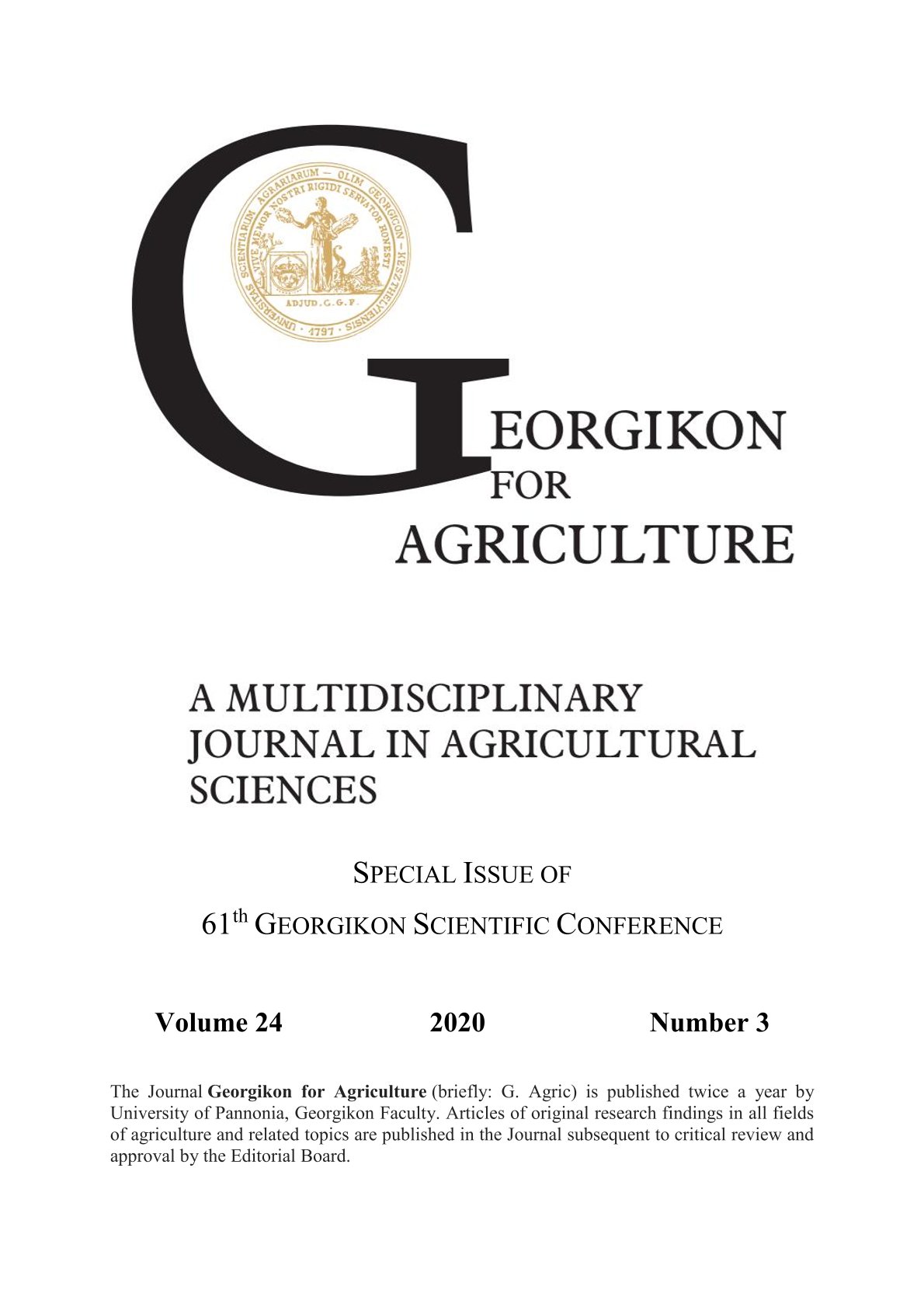Profitability patterns in the Hungarian pálinka industry
The performance of the commercial distilleries
Keywords:
pálinka industry, commercial distilleries, contract distilleries, profitabilityAbstract
The paper analyses the profitability of the Hungarian pálinka sector. First, all the distilleries with legal entity are identified in order to gain comprehensive economic data of the industry. Based on the M&A Research Catalyst database (2018), altogether 461 distilleries were identified. After descriptive statistics, a panel regression model was calculated in order to identify profitability patterns, measuring the net revenues, EBIT and the profit level of the companies. Economic data of business years 2009-2017 were analysed. Special attention was given to the type of the distilleries (commercial vs. contract). Initial results suggest that significant differences exist among the distilleries. Commercial distilleries are significantly bigger in all terms of each economic indicator. However, panel regressions do not always prove the importance of the distillery’s type (commercial vs. contract) on all profitability levels. On the contrary, the size and the age of the company highly affects the level of profitability. The bigger (in terms of total assets) and the older is the distillery, the higher level of profitability is expected.
References
Fodor, M., Hlédik, E., Totth, G. 2011. Fogyasztói vélemények és preferenciák a pálinka piacán. Élelmiszer, táplálkozás és marketing, 8(1-2). 41–47.
Harcsa, I. M. 2016a. A magyarorszagi palinkafőzés jogszabályi változásai és hatásai. Legislative changes and impacts of the Hungarian palinka distillation) In: Ars Boni, 4(1). 25–42.
Harcsa, I. M. 2016b. Pálinkabérfőzdék fejlesztési lehetőségének vizsgálata. Gazdálkodás: Scientific Journal on Agricultural Economics, 60(4). 350–359. https://doi.org/10.22004/ag.econ.258069
Harcsa, I. M. 2017. A pálinka minősítése a XXI. században. Táplálkozásmarketing, 4(1-2). 39–52. https://doi.org/10.20494/TM/4/1-2/4
Harcsa, I. M., Kovács, S., Nábrádi, A. 2019. Pálinkabérfőzdék gazdasági elemzése szimulációs modellezési eljárással. Gazdálkodás: Scientific Journal on Agricultural Economics, 63(2). 116–128. https://doi.org/10.22004/ag.econ.288630
Kaposzta, J., Ritter, K., Kassai, Z. 2015. Examination of the territorial significance of Palinka as a Hungaricum. Ter Es Tarsadalom, 29(4), 139–153. https://doi.org/10.17649/TET.29.4.2707
Kassai, Z., Káposzta, J., Ritter, K., Dávid, L., Nagy, H., Farkas, T. 2016. The territorial significance of food hungaricums: the case of pálinka. Romanian Journal of Regional Science, 10(2), 64–84.
Kopcsay, L. 2008. A területileg differenciált italkultúra szerepe a magyar turizmusban.
Lakner, Z., Kasza, G., Ács, S. 2014. Pálinkafőzdék jövedelem-és kockázatelemzése. Gazdálkodás, 58(2), 143–159. https://doi.org/10.22004/ag.econ.201401
Downloads
Published
Issue
Section
License
Copyright (c) 2020 Török Áron, Maró Zalán Márk

This work is licensed under a Creative Commons Attribution-NonCommercial-NoDerivatives 4.0 International License.
Cikkre a Creative Commons 4.0 standard licenc alábbi típusa vonatkozik: CC-BY-NC-ND-4.0. Ennek értelmében a mű szabadon másolható, terjeszthető, bemutatható és előadható, azonban nem használható fel kereskedelmi célokra (NC), továbbá nem módosítható és nem készíthető belőle átdolgozás, származékos mű (ND). A licenc alapján a szerző vagy a jogosult által meghatározott módon fel kell tüntetni a szerző nevét és a szerzői mű címét (BY).




